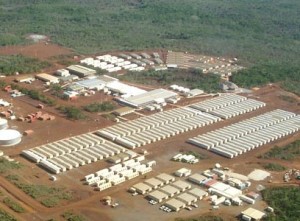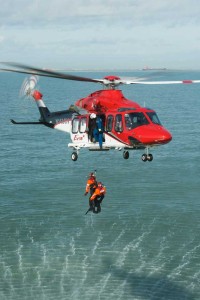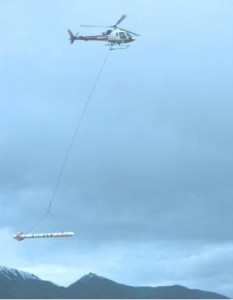Whether we are in New York, London or any other big city, sharing-economy companies such as Uber and Airbnb are now the norm. These transportation and accommodation suppliers have demonstrated new options for less expensive supply and readily available inventory globally.
The resource sector has also embraced the “sharing” model likely out of need and cost control. Most progressive Oil & Gas & Resource companies employ best in class processes and performance tools such as Kaizen or Six Sigma to expose the waste and inefficiency. This need to right size and improve cost processes is even more critical during this period of oil price volatility in the industry.
Therefore, we have now seen a large strategic shift in development for supply of services and goods in both onshore and offshore operations. This entails the sharing of assets such as helicopters to charter airplanes or even shuttles among companies. Such a classic example is the Bp Alaska and ConocoPhillips operations sharing of B737-700 services. The mixed workforces share the jets to rotate to/from the various camps and job sites in Northern Alaska.
A similar model is growing in accommodations such as the growing offshore rigs or barges configured as floating hotels with all facilities including helipad, docking and medical resources. Onshore, more camps or lodges cater to multiple companies seeking accommodations and services in the new “open camps” model.
Aviation Workforce Logistics is also changing with the sharing of heavy helicopters out of major markets such as Aberdeen, UK. Similarly, out of Calgary, Canada, more aviation companies are sharing the typical workhorse Dash 8-300 to B1900 with multiple companies on specialty charter FIFO operations.
The bottom line is that companies must improve their operating-model basics by bolstering levels of efficiency and execution of service delivery models, pursuing sourcing and procurement savings to get the lowest prices from suppliers, eliminating waste and continuing to flatten organizational designs.
Not every company will survive the transition or new norm. Suppliers and/or operators who do not conform may likely be “gobbled up” or even go bankrupt. Regardless of timing, this post-boom environment will make 2016 a year of cutting costs, streamlining operations, increasing M&A activity, restructuring, and focusing on geographies where break-even points are low enough to sustain profitability.

 In spite of the current global Oil & Gas price volatility there are still numerous large Exploration, Construction and Production projects in play. And even more projects in or nearing a stage of Front End Engineering Design (FEED) phase.
In spite of the current global Oil & Gas price volatility there are still numerous large Exploration, Construction and Production projects in play. And even more projects in or nearing a stage of Front End Engineering Design (FEED) phase. Global Oil and Gas exploration is increasing in new onshore and offshore locations with the goal to meet the insatiable appetites of worldwide energy markets. These new operations stretch the availability of the entire aviation supply chain including government operated Search and Rescue (SAR) as well as Aviation Emergency Medevac Services (EMS).
Global Oil and Gas exploration is increasing in new onshore and offshore locations with the goal to meet the insatiable appetites of worldwide energy markets. These new operations stretch the availability of the entire aviation supply chain including government operated Search and Rescue (SAR) as well as Aviation Emergency Medevac Services (EMS). In the past few years there have been great innovations in safety, training and technology and Canadian helicopter operators and manufacturers have been at the leading edge on numerous implementations and improvements.
In the past few years there have been great innovations in safety, training and technology and Canadian helicopter operators and manufacturers have been at the leading edge on numerous implementations and improvements.